Tankless Water Heater: What You Need to Know Before You Buy
Tired of running out of hot water? That’s not a problem with one of these compact, ultra-efficient units that heat water as you need it. Here’s what you need to know about choosing, installing, and living with a tankless water heater.
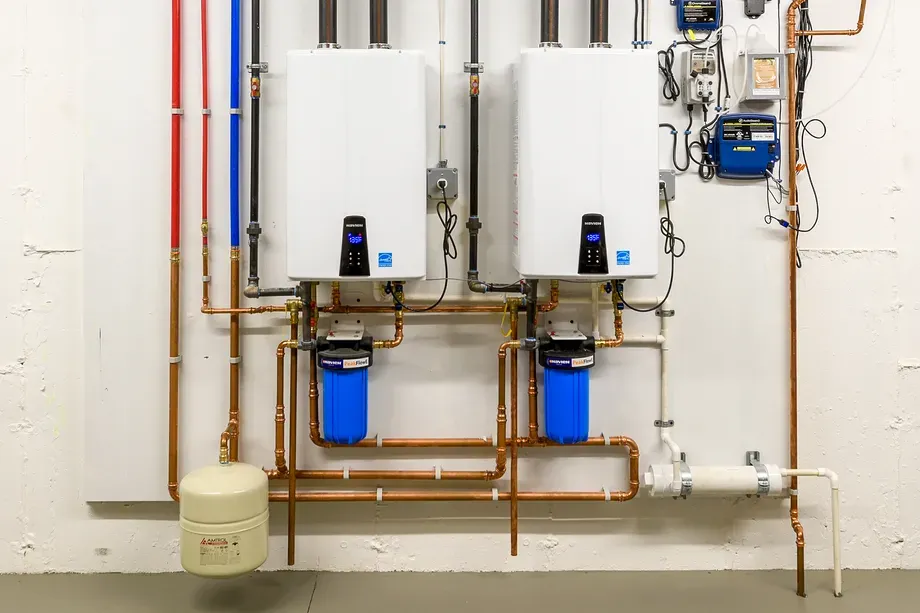
Think about it: The way most households in this country heat water is absurdly wasteful. We fill up big 40- to 50-gallon storage tanks, then pour energy into them 24/7, year in and year out, to make sure we have hot water at the ready whenever we want it.
But often it doesn’t work out that way. If a teenager takes a long shower, or a spouse settles in for a tub soak, there can be a long wait for that emptied tank to reheat. Then there are the nagging worries: Is it filled with energy-robbing sediment? Will it spring a leak? Both are reasonable concerns, as tanks generally fail in 8 to 12 years.
Tankless Water Heater Installation: Is It Worth It?
These are the arguments for investing in a tankless water heater. It generates hot water only when you need it—and for as long as you need it—saving 27 to 50 percent of fuel costs over tank-type heaters. (A typical gas-fired tank wastes 40 to 50 percent of the fuel it burns.)
And because there’s no tank to fail, there’s almost no chance of a catastrophic leak. What’s more, since their introduction in the United States in the 1990s, tankless heaters have become increasingly sophisticated, with features like built-in recirculating pumps (for “instant” hot water), and wireless connectivity that tells you via smartphone exactly when a unit needs maintenance.
Below is our guide to tankless water heaters. In it, we’ll explain how a tankless water heater works, tell you what you need to know before you buy one—and before the installer arrives—and let you in on the units’ operating quirks, so there won’t be any surprises if you go tankless.
How Does a Tankless Water Heater Work?
- It all starts when you turn on the hot-water tap (1).
- A flow sensor (2) detects water coming into the heater and sends a signal to the control panel to start producing hot water.
- In a gas-fired unit, the control panel (3) turns on the fan (4), which draws in outside air, opens the gas valve (5) that lets in the gas, and ignites the burner (6).
- The heat exchanger (7) captures heat from the flames and transfers it to the water moving through the exchanger’s tubing.
- The mixing valve (8) tempers the superheated water exiting the exchanger.
- If the temperature sensor (9) detects that the water exceeds or falls short of the desired setting, the panel will adjust the gas valve, the mixing valve, and the flow-regulating water valve (10) accordingly.
- A sealed vent (11) (or pair of vents) through a roof or outside wall carries away exhaust gases and conveys combustion air to the burner.
Thanks to: Phillip Maxwell, Residential Product Manager, Rheem; Eric Manzano, Product Training Supervisor, Noritz; Joe Holliday Senior Director, Product and Business Development, Rinnai; Fred Molina, Water Heater Products Manager, Bosch Thermotechnology
What to Know About Tankless Water Heaters
Tankless Water Heater Cost
Prices range from about $170 for small gas-fired units to more than $2,000 for high-output heaters that can supply two showers at the same time; $1,000 is about average.
Tankless electric heaters run between $90 and $900. First-time installation costs run more than a simple tank replacement. (See subsection below, entitled “Electric Tankless Water Heater Installation.”)
How to Install a Tankless Water Heater
This is definitely a job for a pro, as it involves making leak-free water, vent, and gas connections, in the case of gas or propane units, or upgrading the wiring and circuit-breaker panel, in the case of electric units.
Tankless Water Heater Maintenance
Sign up to have a pro provide annual service, including cleaning or changing water and air filters and checking the burner. In areas with hard water, a vinegar flush every 500 hours keeps mineral buildup—scale—from clogging the heat exchanger. That 20-minute task can be done by either a pro or a homeowner.
How Long Do Tankless Water Heaters Last?
Gas-burning tankless water heaters should operate for 20 years or more, two or three times longer than tank-type heaters. Tankless electric units have shorter life spans, on the order of 7 to 10 years.
Where Can I Buy One?
Plumbing-supply stores, big-box stores, and online retailers all carry these heaters. Or order one through your plumber.
Tankless Water Heaters Pros and Cons
PRO: They’re Compact
Newer tank-type water heaters have grown bigger as federal regulations now require thicker insulation to reduce standby heat loss.
So they may not be able to fit into spaces where an old heater of the same capacity could go. Tankless gas heaters are about the size of a suitcase and hang on the wall.
PRO: They’re Safer
Unlike a tank-type heater, they won’t spill gallons of water if they spring a leak, or harbor Legionella bacteria, or tip over in an earthquake. And because the air-supply and exhaust vents are sealed, carbon monoxide can’t leak into the house due to backdrafting.
PRO: They’re Easy to Winterize
Owners of vacation homes know well how long it takes to drain a water-heater tank before closing up a house for the winter. With a compressor, you can drain a tankless heater in a few seconds; then you just unplug it.
CON: They’re Sensitive to Slow Flow
If there’s too much scale buildup in the pipes, or faucet and showerhead aerators are clogged, or a turned-down faucet reduces water flow to about 0.3 gpm, these units automatically shut off.
CON: The Payback Takes Awhile
Compared with a tank-type heater costing $400 or so, a $1,000 tankless gas heater may save a household only about $100 per year, depending on how efficient it is and how much hot water is used.
But because these tankless gas units last longer, the savings kicks in after six years, about when many tanks are nearing their demise.
New Tankless Water Heater Technology
Tankless technology is constantly improving. Here are some of the latest refinements:
Higher Efficiency
Condensing gas heaters can extract up to 96 percent of a fuel’s heat—a 17 percent improvement over first-generation tankless units—thanks to a second heat exchanger that captures much of the exhaust heat before it goes out the vent.
They’re about 25 percent more expensive than noncondensing heaters, and they create an acidic condensate that has to be neutralized. If a heater isn’t equipped with a built-in neutralizing cartridge, the installer has to add one.
Instant Hot Water
Tankless units take about 15 seconds to bring water up to temperature, but you still have to wait for that hot water to arrive at your shower head or faucet, just as you do with a tank-type heater.
When the distance between heater and fixture exceeds 50 feet, look for units with a built-in recirculation pump, which saves water and reduces waiting time. The pump, which can be turned on by a timer, a push button, a motion sensor, a smart speaker, or a smartphone (above), pushes the cold water in the pipes back through the heater.
After about a minute, the pump shuts off and you get hot water seconds after opening the tap.
Wi-Fi Compatible
Tankless units with digital connectivity let you adjust the temperature and monitor gas and hot-water usage on your phone.
More important, the unit can identify the source of a problem. Relay that information to your plumber and he or she can show up knowing exactly what needs to be done. That feature also eliminates any guesswork about when it’s time to descale.
Tankless Water Heater Rebates: A Great Way to Save
“Condensing tankless water heaters are so efficient, they’re certified by the federal Energy Star program, making them eligible for utility rebates across the country. These rebates are often enough to bridge the difference in price between the more expensive condensing units and the cheaper noncondensing ones. Then it’s basically a free or low-cost upgrade that will save money for the next 20 years or more.” —Richard Trethewey, TOH plumbing and heating expert
What Size Tankless Water Heater Do I Need?
Here’s how the pros make sure your heater delivers enough hot water.
It takes a big burst of BTUs for a tankless heater to turn cold water into hot water in just a few seconds. But if a heater’s Btu output can’t keep up with demand, it will cut back the flow, or, worse case, deliver lukewarm water.
To determine whether a heater will be able to meet a household’s needs, a plumber looks at three factors: the temperature of the water coming into the heater, the peak demand for hot water in gallons per minute (gpm), and the heater’s efficiency, as indicated by its Uniform Energy Factor, found in the product specs.
- The first step: A pro finds out how many Btus per gallon a heater needs to raise the incoming water to 120 degrees (see the map in the next slide).
- Next comes peak demand, the sum of the flow rates for every appliance and fixture that could be using hot water at the same time. (Those rates are listed in the next slide.) The total gets shaved by 20 percent, since we don’t bathe or wash in 120-degree water. You can reduce peak demand by upgrading to low-flow fixtures and water-saving appliances, or by holding off on the washing when the shower is in use.
- Total Btu output is calculated by plugging the Btus-per-gallon and peak-demand figures into the formula. If that output falls between two models, get the one with the higher Btu rating. And if the output exceeds 198,000 Btus, the maximum for residential gas heaters, you’ll need two smaller units that work in tandem.
Btus Output Estimate
Don’t want to do the math? Use these figures to estimate how much heater output you’ll need.
1 bathroom, 1–2 people:
140,000 Btus
2 bathrooms, 2–3 people:
190,000 Btus
3 bathrooms, 3–5 people:
380,000 Btus
Btus Per Gallon by Region
Fixture flow rates
Shower head
1.25–2.5 gpm
Kitchen or bath faucet
1.5–2.2 gpm
Tub filler faucet
4 gpm
Dishwasher
1–2.5 gpm
Washing machine
1.5–3 gpm
To find the actual gpm of a fixture, time how many seconds it takes to fill a bucket to a 1-quart mark. Dividing 15 by that number of seconds equals gpm.
Electric Tankless Water Heater
Homes without a gas line or propane tank can also enjoy the advantages of on-demand hot water by installing tankless units powered by electricity. These units, which heat water with thick copper rods, are quieter and about a third smaller than gas or propane tankless heaters. And because they don’t need vents, they can be installed almost anywhere, including under sinks and in small closets.
One drawback to electric units is its limited output, which tops out at 36 kilowatts, or about 123,000 Btus. That may be enough to supply a whole house in areas with warm groundwater, but in colder climes they’re better suited to point-of-use service, where the demand for hot water doesn’t get too high. Whichever type you choose, it will need sufficient amperage at the main panel and heavy-gauge wires.
Also, electric heaters last only about half as long as gas units: Typical warranties are three to five years. Once the heating elements fry, it usually costs about as much to replace the entire heater as it does to swap in new elements.
Tankless Water Heater Installation
What you and your plumber need to assess before installation day:
1. GAS LINE: For the burner in a tankless heater to perform properly, it has to be hooked up to a gas-supply line that delivers enough volume at sufficient pressure. In many cases that means the diameter of the supply pipe has to be increased to 3⁄4 inch. And if the pressure falls short, the gas company will have to adjust the regulator on the meter.
FYI: Some tankless units, such as those made by Rheem, are able to work with a standard ½-inch gas line, provided it isn’t longer than 24 feet.
2. VENTING: Noncondensing tankless gas heaters use stainless-steel vents that can withstand high exhaust heat. Condensing units have a cooler exhaust, and use less expensive PVC pipes. A concentric vent, which has an exhaust pipe inside a larger air-intake pipe, simplifies installation because only one hole needs to be cut in the wall.
FYI: Typically, vent runs have been limited to just 10 feet. But more powerful fans, like those in Rinnai’s Sensei series, now allow vents to run up to 150 feet.
3. WATER HARDNESS: Scale deposits that form in a heat exchanger (or on electric heating elements) slow down heat transfer and constrict water flow. Scale won’t be an issue if you already have whole-house water-softening. But if your water isn’t being softened, and its hardness exceeds 120 milligrams per liter, then it’s worth investing in a treatment system.
FYI: A dedicated, point-of-use cartridge like the TAC-ler water conditioner (Stiebel Eltron) alters hardness without adding salt or other chemicals.
Outdoor Tankless Water Heater
Consider the advantages of hanging a heater outdoors, if your climate and local codes permit.
- Saves space: That’s one less appliance you have to make room for inside.
- Simple to install: The built-in exhaust vent eliminates having to cut a big hole (or two) through the side of the house.
- Easy to service: A plumber can get to it at any time, whether you’re home or not. But keep in mind...
- Building regulations: You may need permission from your local building department to put it outside.
- Cold weather: Internal heaters keep components toasty down to −22-degrees F, but exposed water pipes must be insulated and wrapped in heat tape that turns on automatically in freezing temperatures. Frozen pipes are less of a concern south of the Mason-Dixon Line.
Tankless Water Heater Venting
“Old tank-type gas water heaters commonly funnel their fumes into chimneys, but that’s no place to vent a tankless gas heater. It must be connected to dedicated vent pipes that exit through a roof or an outside wall.” —Richard Trethewey
Source: https://www.thisoldhouse.com/plumbing/21019184/read-this-before-you-buy-a-tankless-water-heater

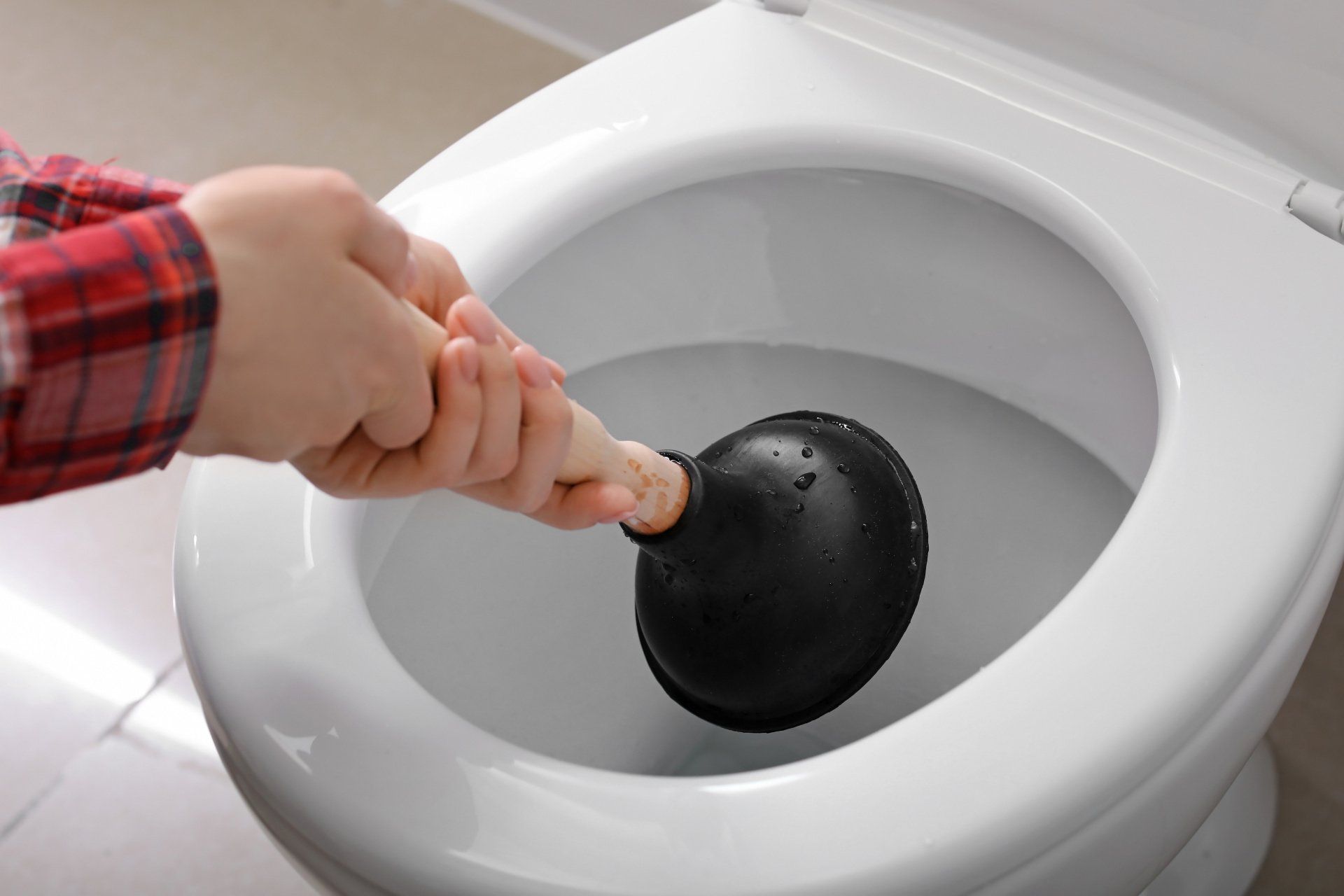
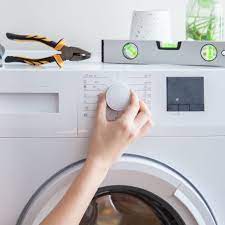
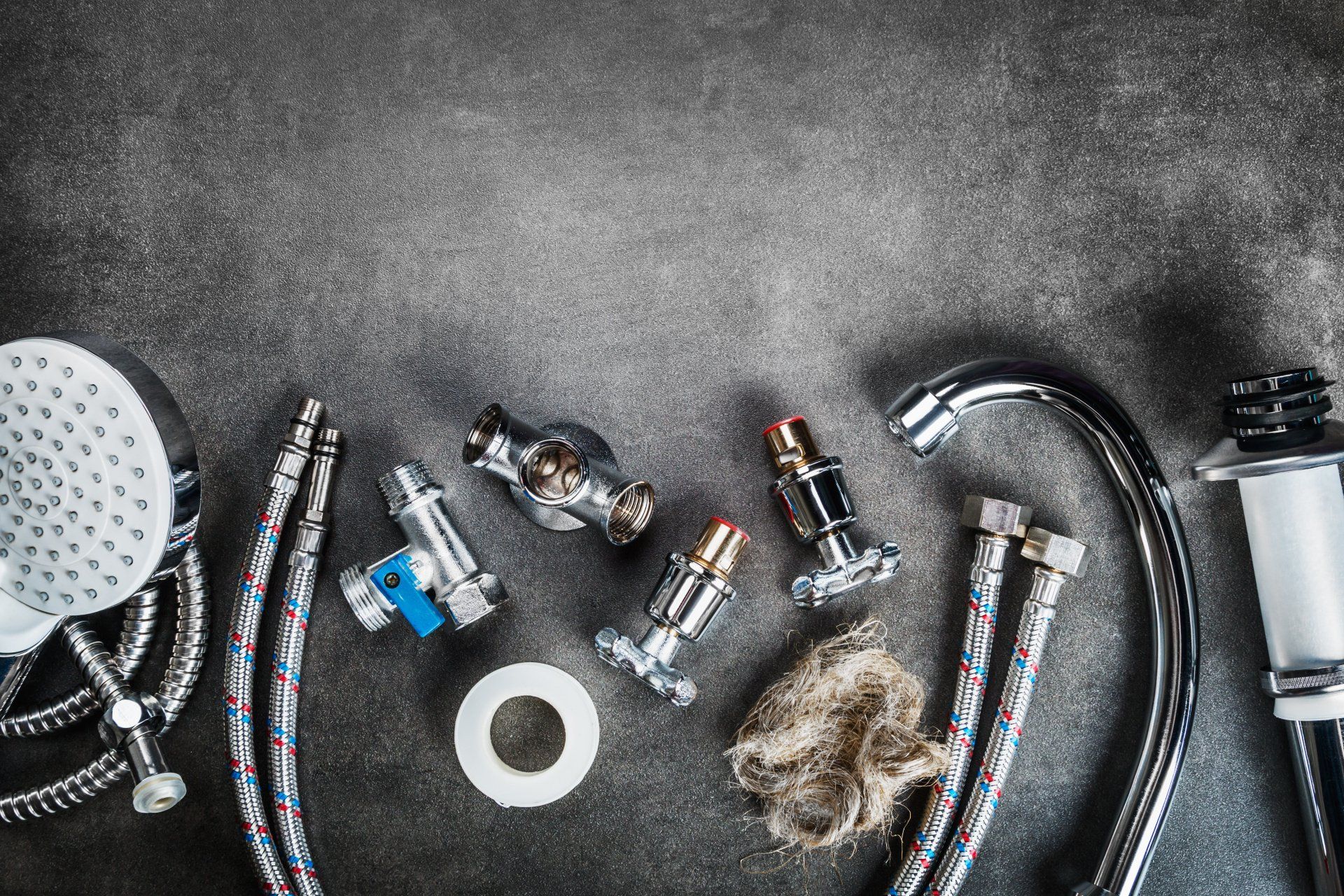
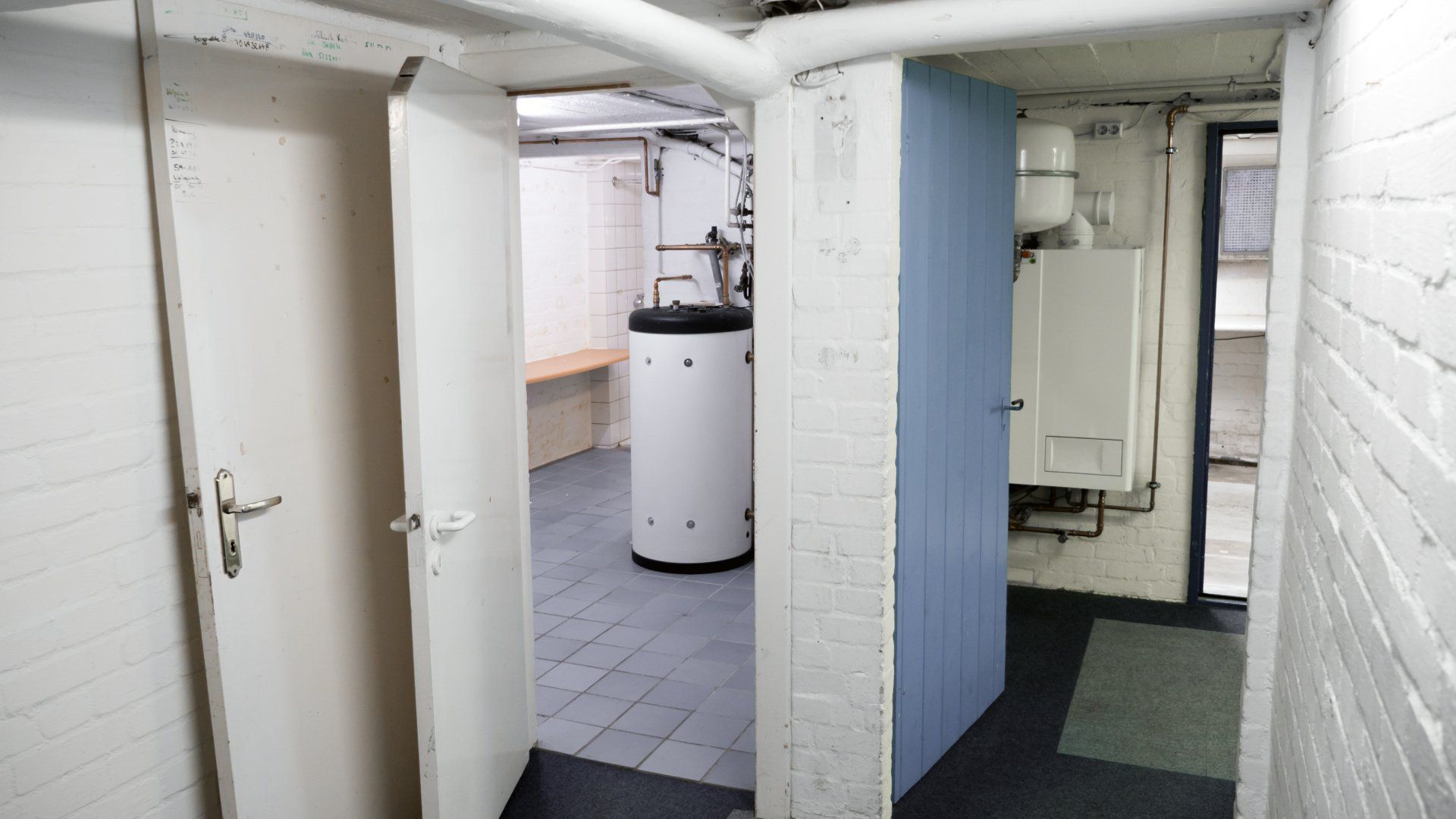
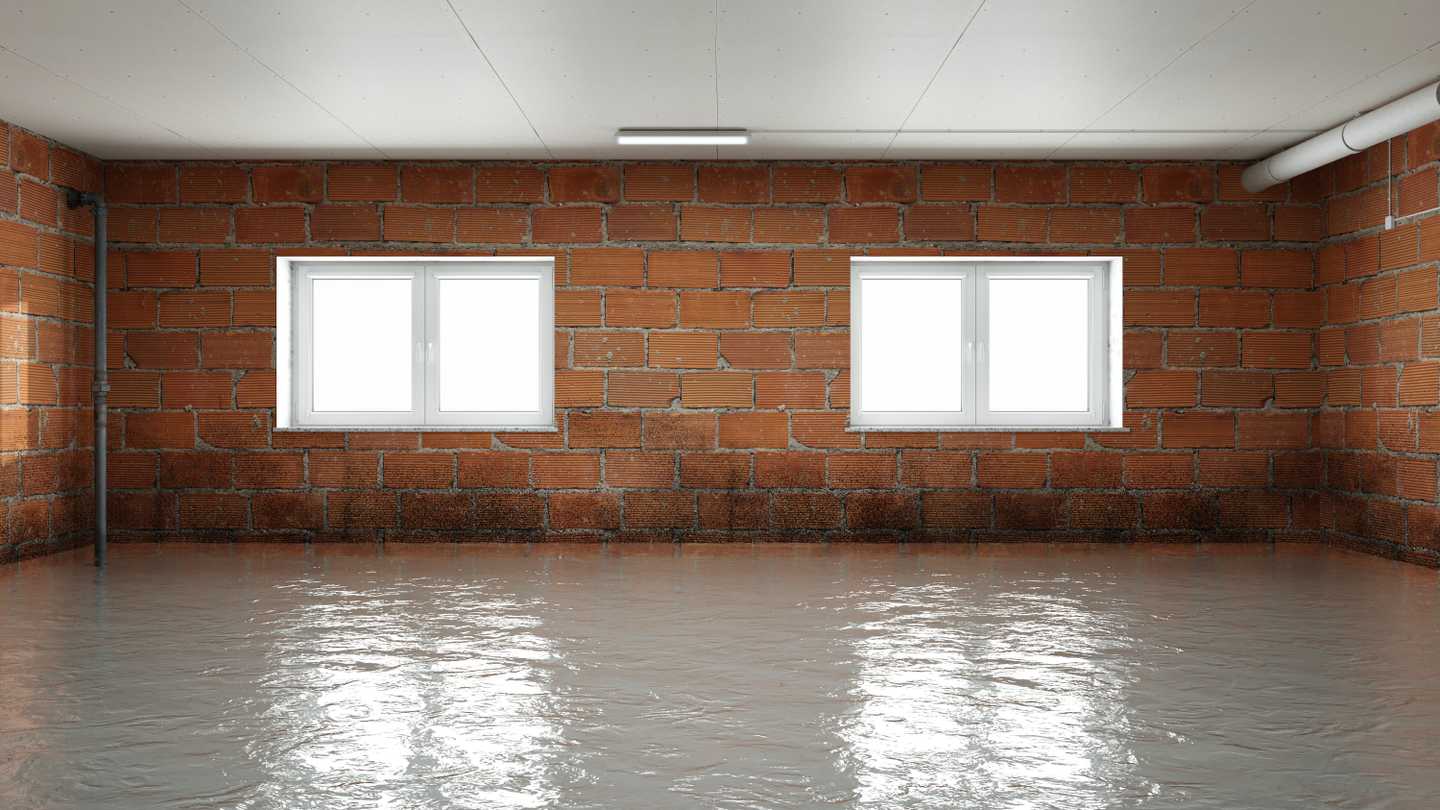
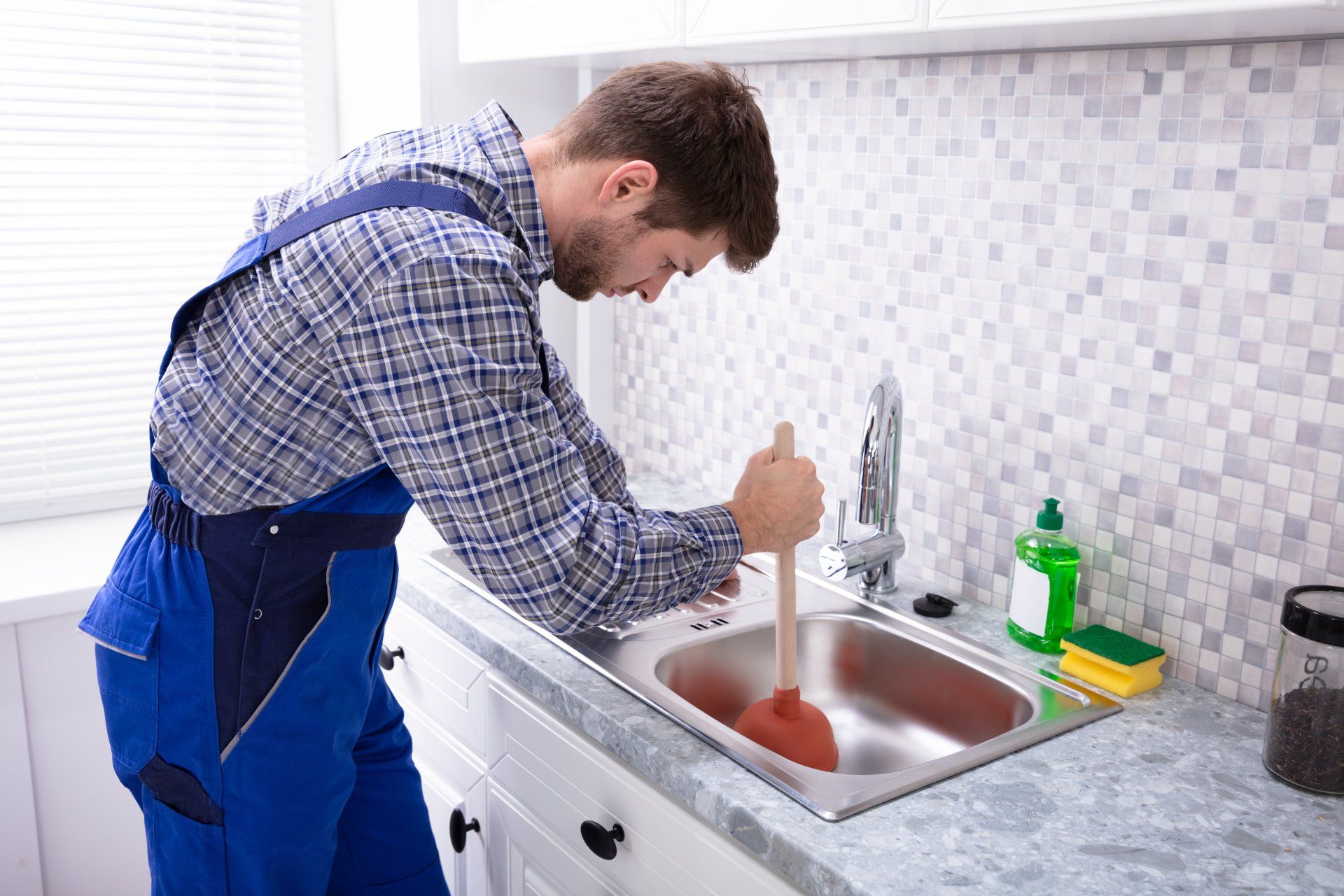
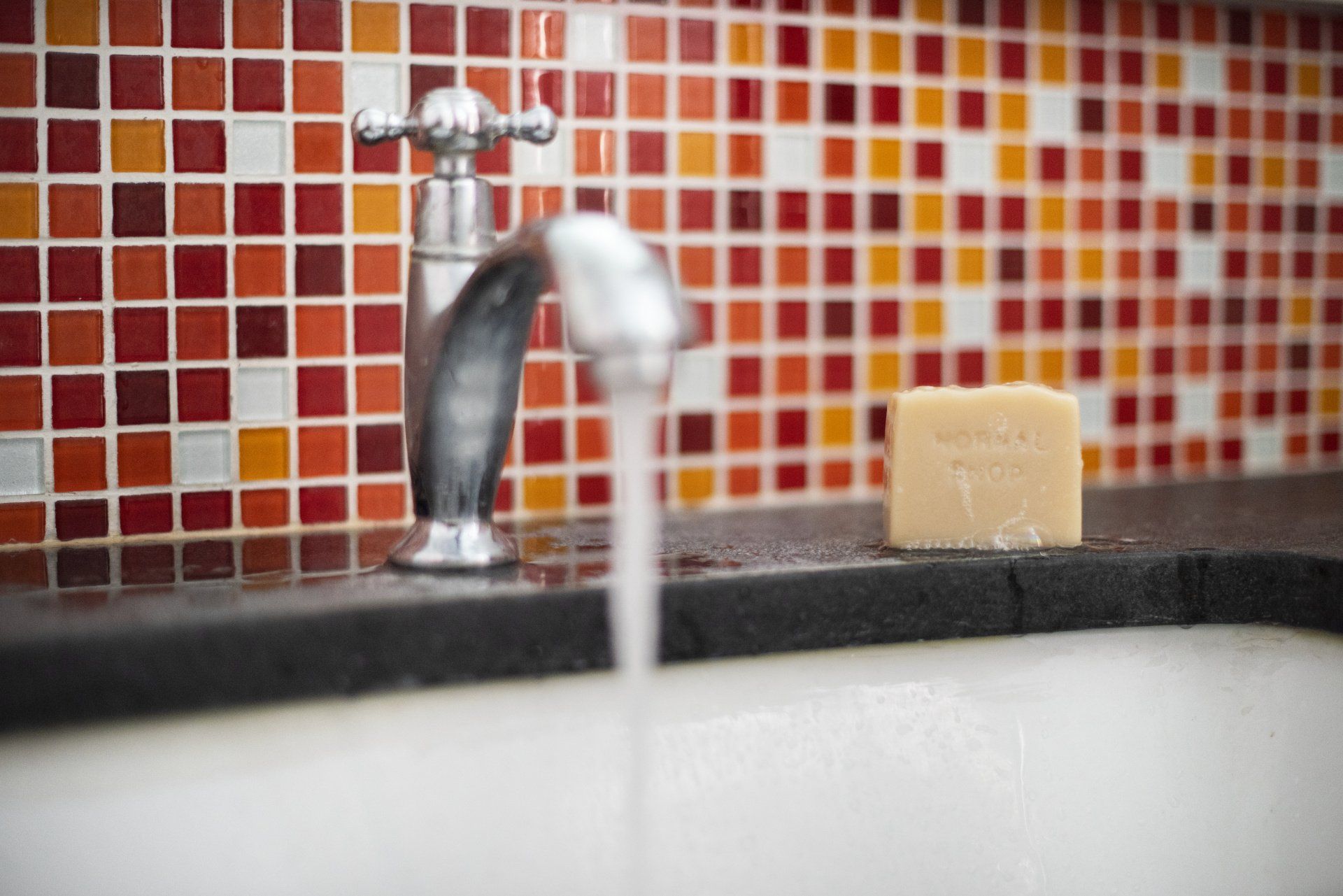



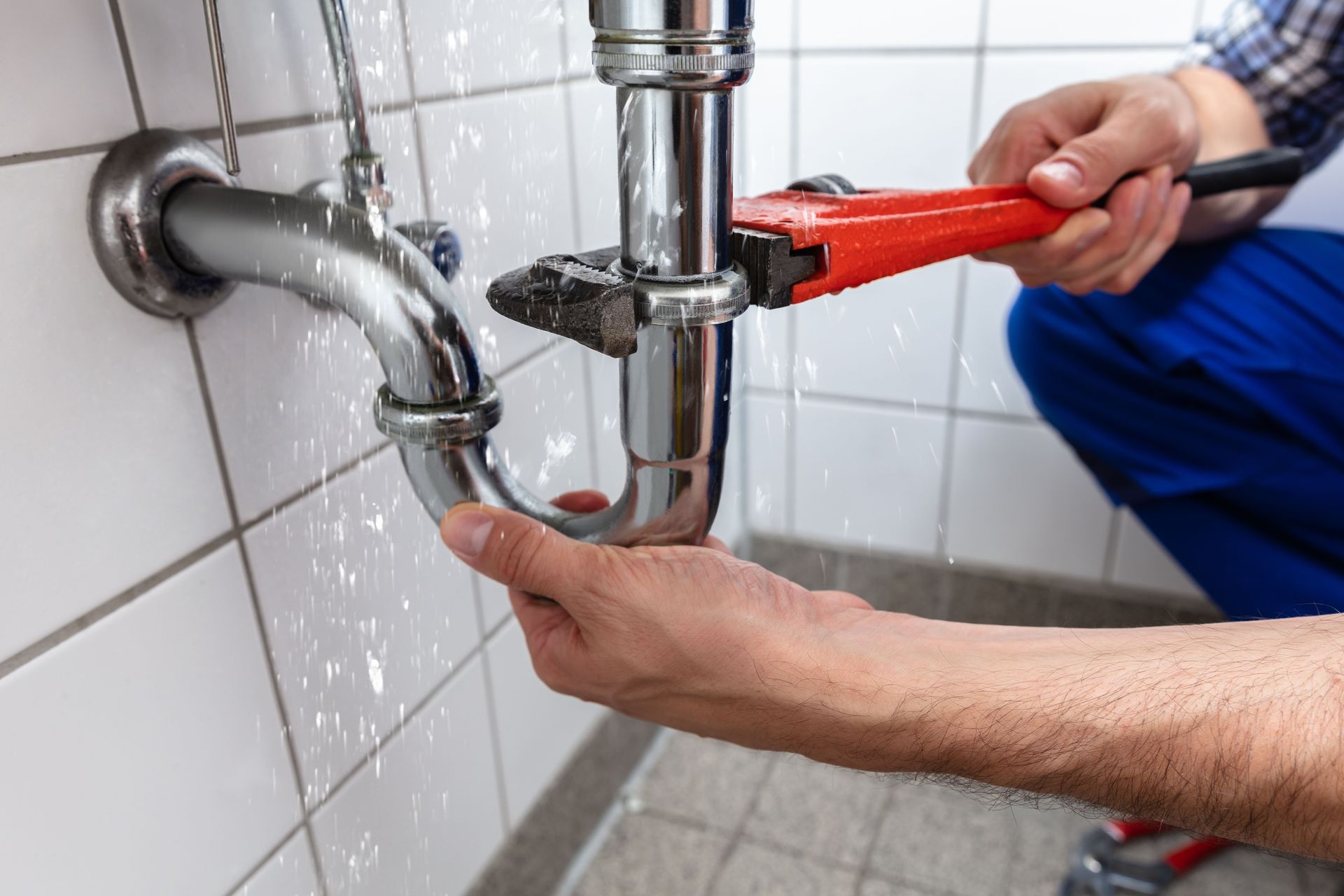
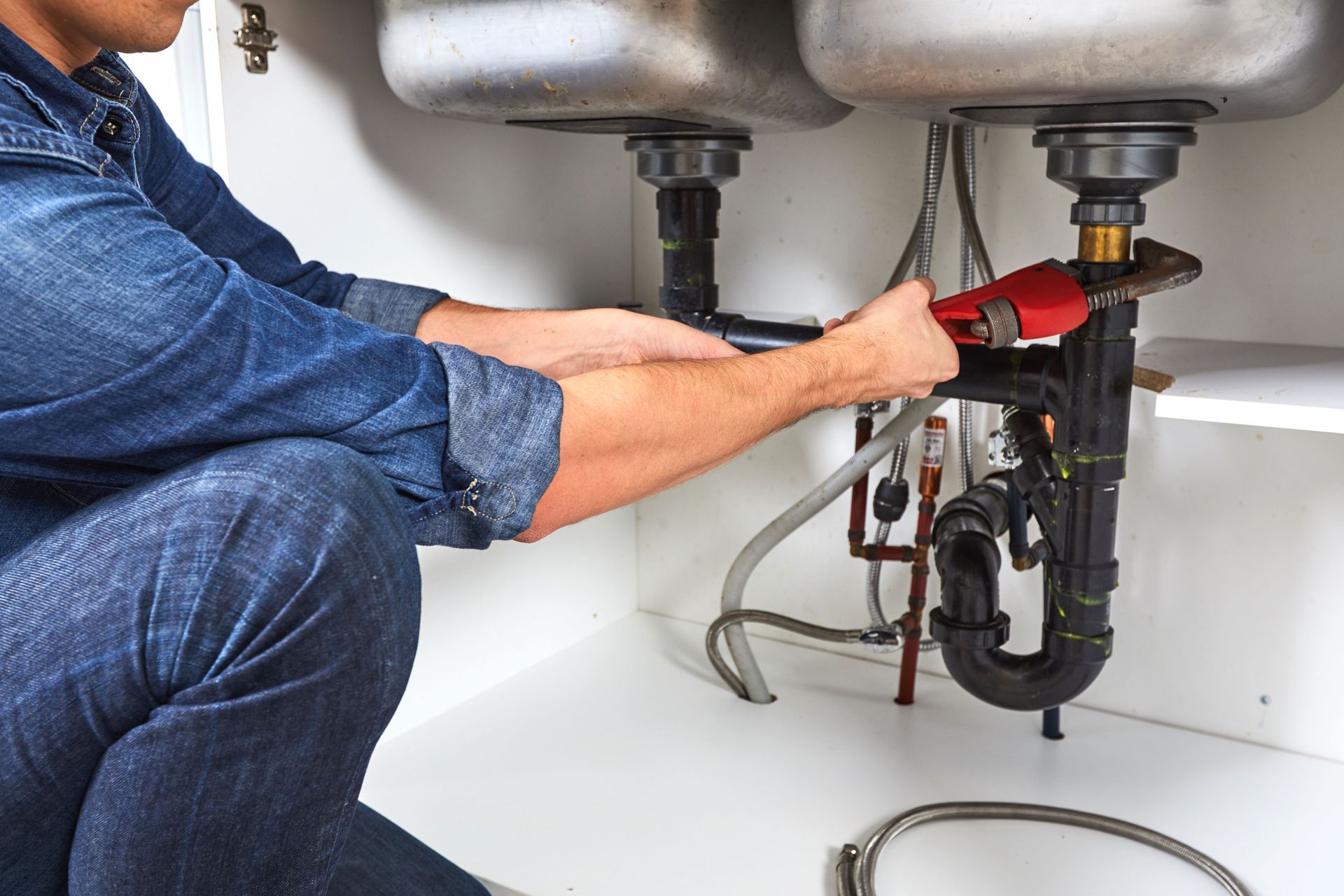
Share On: